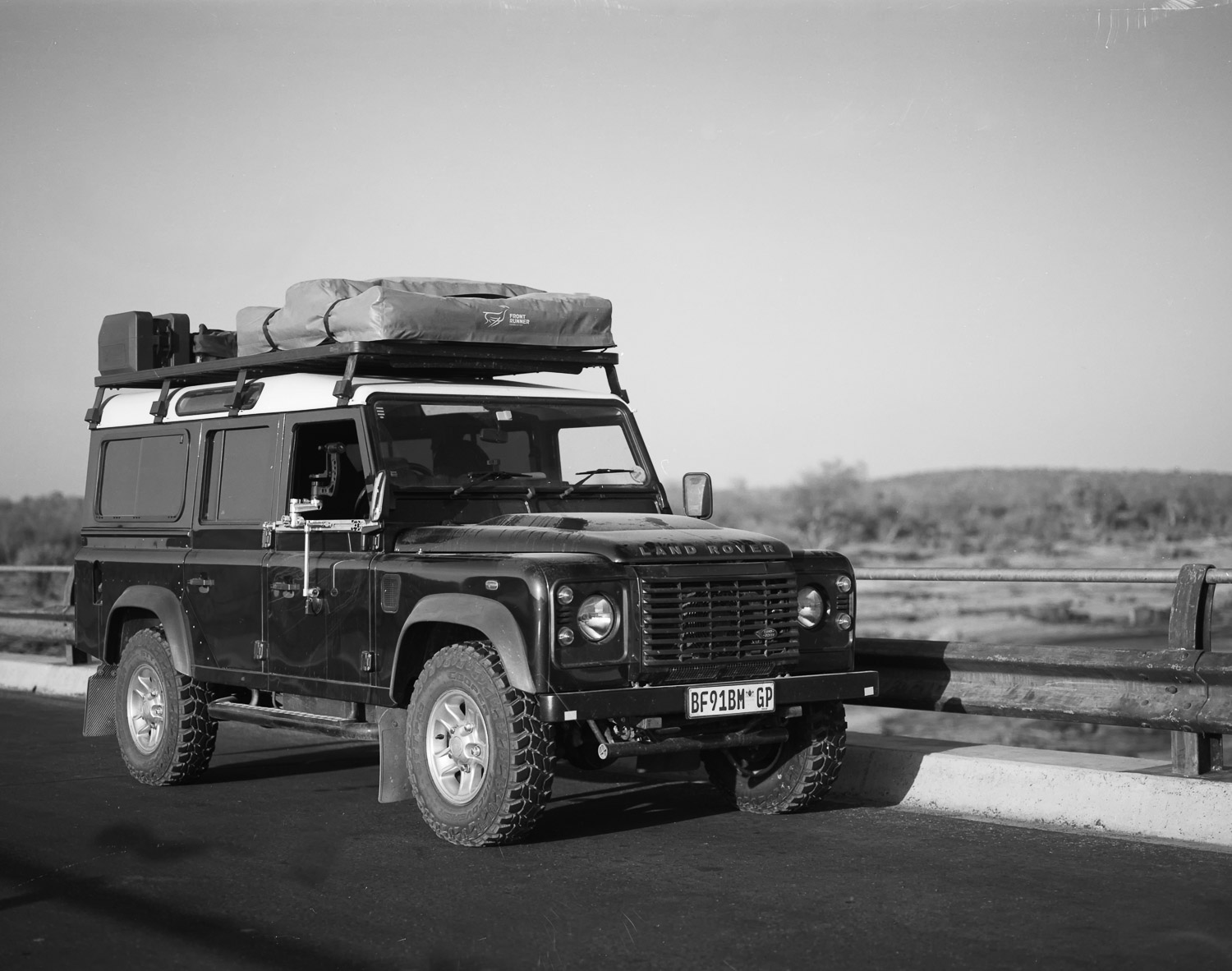A Romance with Film - Medium Format Photography
Mamiya RZ67 Pro ii Medium Format Camera
Medium Format Nature Photography
At the end of last year, I made some decisions about my photography and I might have done something a little self-defeating and strange; I decided that I was going to photograph less.
I'd come across some work by Nick Carver - just a little video blog about visiting Joshua Tree National Park in the USA. What struck me about this video was the obvious enjoyment and satisfaction Nick got from producing one single print. A print made from a film negative.
I started to think that working on a single image with more intensity, more craft and more to go wrong, might just be a more rewarding way of spending energy.
Coupled with that was the hankering, that surely many others feel, for larger format photography. In my head, I must have built that contraption that Ansel Adams had on top of his 'woodie' station-wagon a hundred times. Its purpose being to support his huge camera. Sadly, it doesn't yet exist on top of my car!
I did, however, find myself a film camera to work with. Not as large as Adams' but still a leap up from 35mm. I found a Mamiya medium format, more commonly seen in studios than in the Kruger.
1947 Pontiac 'Woodie' Station-wagon + photographer
The Mamiya is not an easy camera to use, it has a bellows system to focus and its waist-level viewfinder is built to confuse the crap out of you; projecting, an image that is upside down and back-to-front. Just try tracking wildlife with that!
I bought the Mamiya, instead of a far more sensible Pentax 67 or 645, because I thought that one day I might attach a digital back.
My first attempts at wildlife photography using this beast were pitiable. With the back-to-front view, an equivalent focal length of just 85mm, no metering system, manual focus, maximum shutter speed of 1/400, manual aperture and a fixed film speed, I did indeed expend energy!
Landscapes were better. With the time to think, in fact, a requirement to think, I found that I really started to enjoy figuring out how to produce an image.
Jacaranda's in a breeze
Although, 'figuring out how to produce an image' means a little bit more than time spent with the camera.
I have lost more than 50% of my shots due to inept handling of the film stock; damaging it while loading it onto spools in the dark. I lost the shots I was most excited about entirely, due to more ineptitude with chemicals.
I'm still very new at this analogue photography lark. But I do know that the energy and time have been well spent. I compose with more care, I think more clearly, I take fewer shots, I look for opportunities with the focal length I have, I work within the camera's limits. More importantly, the work I have managed to produce is more satisfying, personally.
At long last, I did capture a wildlife image that I was pleased with. The little things that please me might be lost on the casual observer; it's just an elephant, right?
Looking a little closer, I started to note some of the differences to digital:
The overcast sky is not blown-out, a testament to the amazing ability of film to deal with highlights.
The scene also has a pleasing width coupled with a shallow depth-of-field. It is this that I most love about medium format. None of the smaller formats can achieve this. With them, if you go wide, you go deep(er).
I have tried to replicate this look in the digital world by shooting landscapes with long, fast lenses and panoramic heads - but the technique doesn't work well with animals; only medium format, can unleash that magic in one shot.
Mamiya RZ 67 Pro ii + 180mm F4.5 shot on Ilford Delta 100 Hand Processed
Basil. My trusty friend. Mamiya RZ 67 Pro ii + 110mm Lens Ilford Delta 100 Hand Processed
Jacaranda Trees in winter Mamiya RZ 67 Pro ii + 110mm Lens Ilford Delta 100











